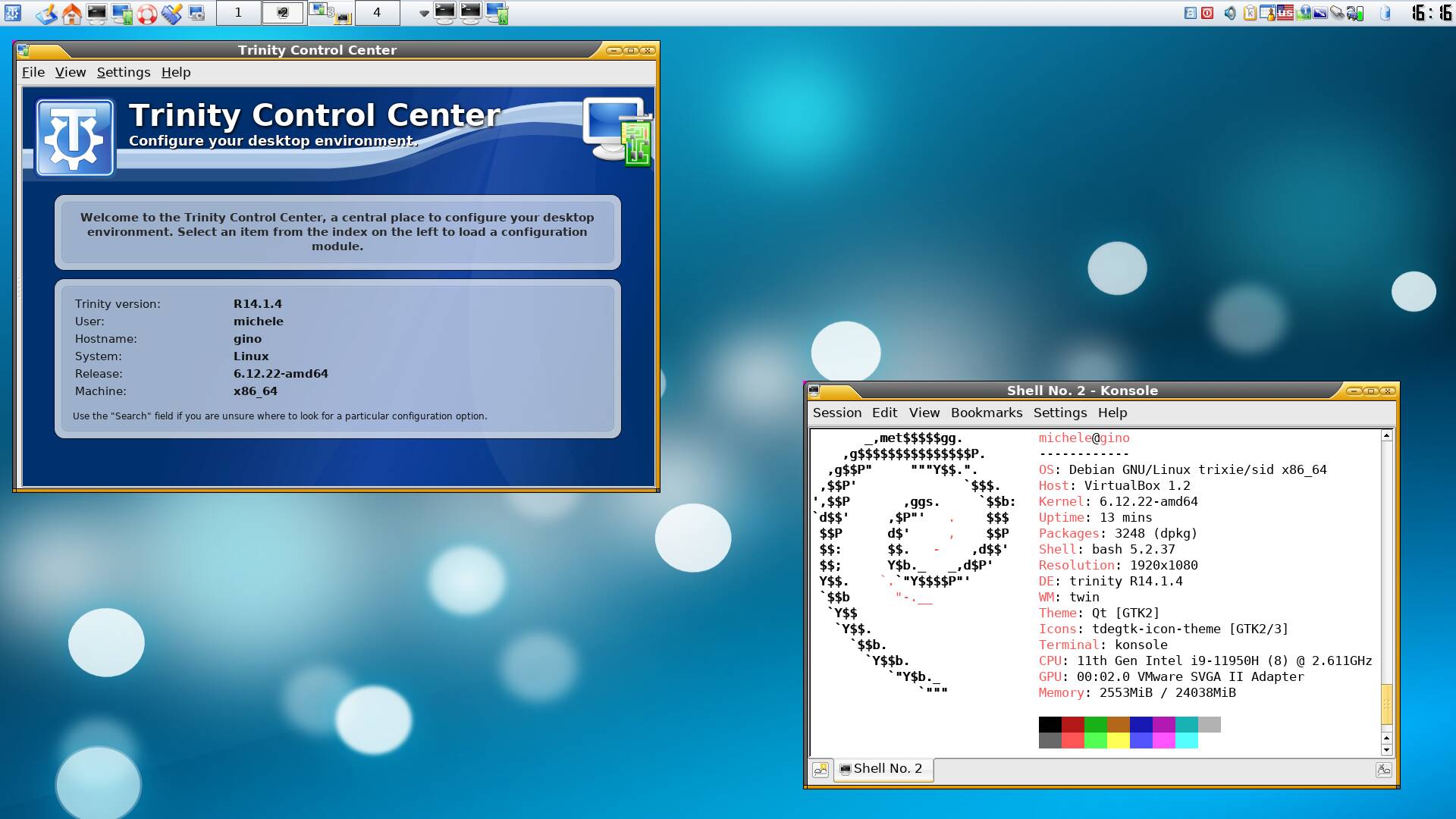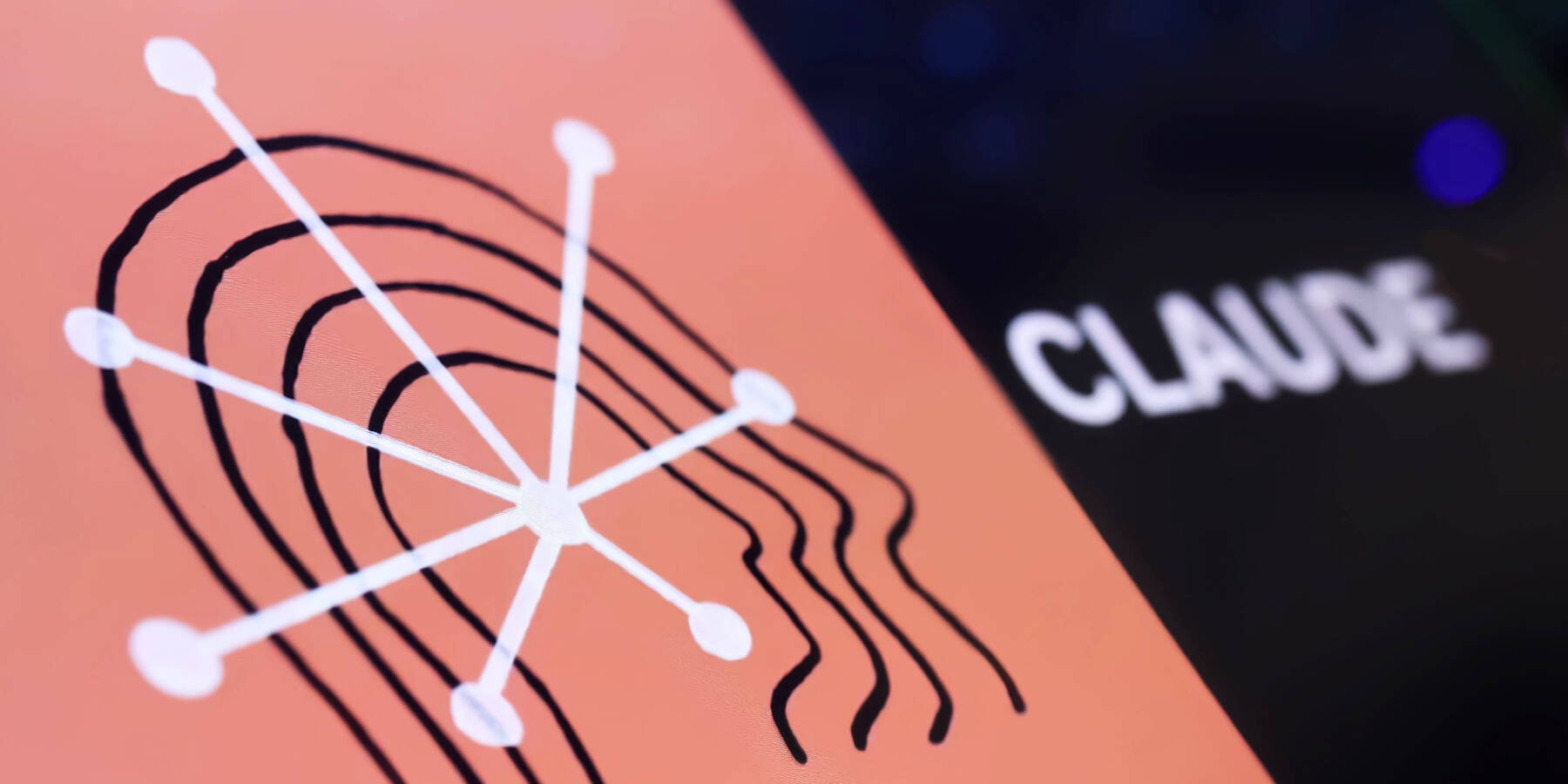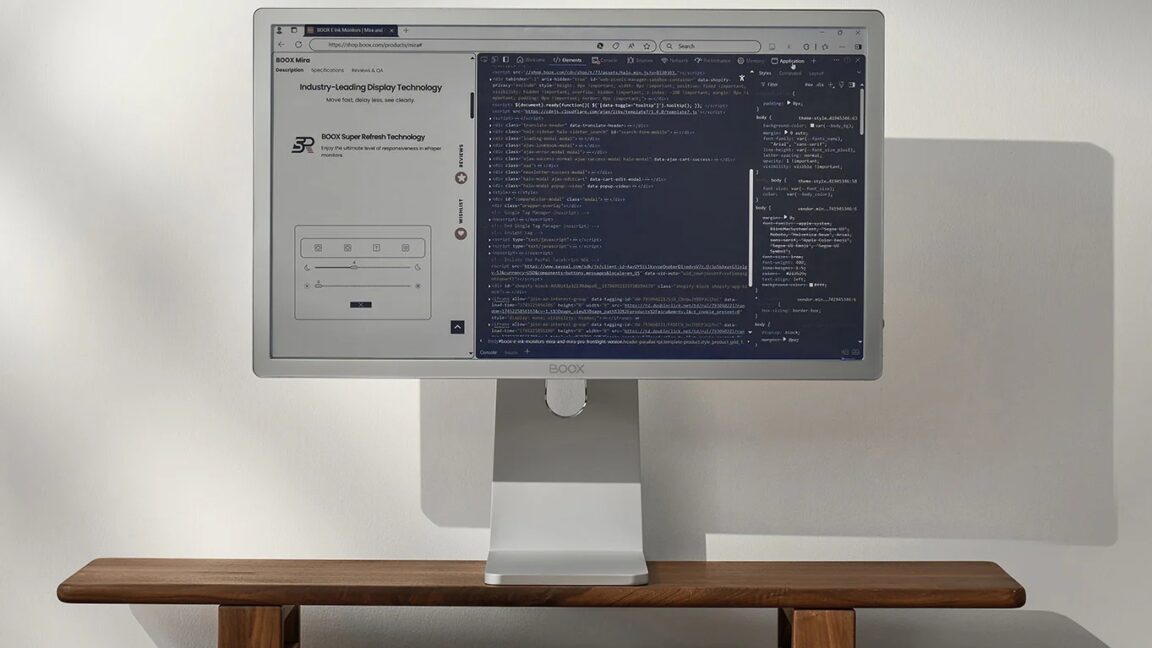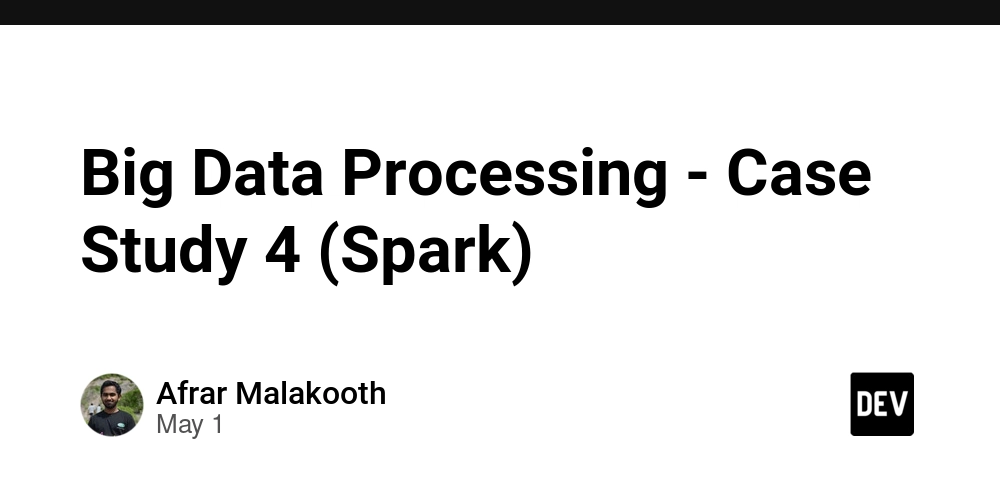Anthropic Report Sheds Light on Emerging Threats from Generative AI Misuse
The cybersecurity landscape faces unprecedented challenges as artificial intelligence systems become increasingly weaponized by malicious actors. A groundbreaking report released on April 24, 2025, by Anthropic titled “Detecting and Countering Malicious Uses of Claude: March 2025” has revealed concerning patterns of AI model exploitation. The report documents several sophisticated cases where threat actors successfully circumvented […] The post Anthropic Report Sheds Light on Emerging Threats from Generative AI Misuse appeared first on Cyber Security News.

The cybersecurity landscape faces unprecedented challenges as artificial intelligence systems become increasingly weaponized by malicious actors.
A groundbreaking report released on April 24, 2025, by Anthropic titled “Detecting and Countering Malicious Uses of Claude: March 2025” has revealed concerning patterns of AI model exploitation.
The report documents several sophisticated cases where threat actors successfully circumvented existing AI safety measures to leverage Claude models for nefarious purposes, prompting urgent discussions about the evolving nature of AI-enabled threats.
The investigation identified four distinct cases of model misuse, each representing a significant advancement in how adversaries are operationalizing generative AI.
These include an influence-as-a-service operation orchestrating over 100 social media bots across multiple countries, credential stuffing attacks targeting IoT camera systems, sophisticated recruitment fraud campaigns targeting Eastern European job seekers, and perhaps most alarmingly, a novice actor successfully developing advanced malware tools despite limited technical expertise.
SecurityBreak researchers identified a critical gap in the report – the absence of actionable intelligence that security teams could immediately implement.
While the report extensively documents the malicious activities, it lacks specific indicators of compromise (IOCs) that would enable proactive defense mechanisms.
“What makes these findings particularly concerning is how AI is effectively democratizing advanced attack capabilities,” noted Thomas Roccia, a security researcher analyzing the report.
“The malware development case demonstrates how low-skilled individuals can now create sophisticated threats that previously required considerable expertise.”
This paradigm shift necessitates a fundamental reconsideration of threat detection approaches.
Traditional IOCs such as IP addresses, file hashes, and domain names may no longer suffice in an environment where the primary attack vector becomes the prompts engineered to manipulate AI systems.
Detecting Malicious Prompts with NOVA Framework
The emerging field of LLM TTPs (Large Language Model Tactics, Techniques, and Procedures) represents an area requiring immediate attention from security professionals.
.webp)
These techniques include crafting specially designed prompts that bypass AI safeguards, manipulating model outputs for malicious purposes, and leveraging generated content in cyberattacks.
To address this challenge, security researchers have developed NOVA, described as “the first prompt pattern-matching tool designed specifically to detect and hunt adversarial prompts.”
This open-source framework enables threat hunters to create detection rules similar to YARA but tailored specifically for identifying suspicious prompts.
The NOVA framework employs a multi-faceted approach to prompt detection, combining strict keyword/regex matching, semantic meaning analysis, and LLM evaluation.
For example, to detect potential malware development prompts, a NOVA rule might be structured as:-
rule MalwareDevPrompt {
meta:
description = "Detects prompts related to malware generation"
author = "ThreatResearcher"
date = "2025-04-30"
strings:
$s1 = /convert.*scripts.*malware.*evade/i
$s2 = /undetectable.*malware.*generator/i
condition:
any of them
}As this nascent field develops, security teams must incorporate prompt analysis into their threat intelligence frameworks.
The MITRE ATLAS matrix and similar frameworks now map AI-related TTPs, providing a structured approach for understanding and countering these emerging threats.
The report serves as a stark reminder that as AI systems become more powerful and accessible, the security community must develop equally sophisticated defense mechanisms.
Monitoring prompt patterns represents just one aspect of a comprehensive strategy needed to address what may become the defining security challenge of the next decade.
Malware Trends Report Based on 15000 SOC Teams Incidents, Q1 2025 out!-> Get Your Free Copy
The post Anthropic Report Sheds Light on Emerging Threats from Generative AI Misuse appeared first on Cyber Security News.




























![Epic Games Wins Major Victory as Apple is Ordered to Comply With App Store Anti-Steering Injunction [Updated]](https://images.macrumors.com/t/Z4nU2dRocDnr4NPvf-sGNedmPGA=/2250x/article-new/2022/01/iOS-App-Store-General-Feature-JoeBlue.jpg)





























































![Google Home app fixes bug that repeatedly asked to ‘Set up Nest Cam features’ for Nest Hub Max [U]](https://i0.wp.com/9to5google.com/wp-content/uploads/sites/4/2022/08/youtube-premium-music-nest-hub-max.jpg?resize=1200%2C628&quality=82&strip=all&ssl=1)


























































































.webp?#)






























































































































![[The AI Show Episode 145]: OpenAI Releases o3 and o4-mini, AI Is Causing “Quiet Layoffs,” Executive Order on Youth AI Education & GPT-4o’s Controversial Update](https://www.marketingaiinstitute.com/hubfs/ep%20145%20cover.png)

































































































































































































































































 CISO’s Core Focus.webp?#)

